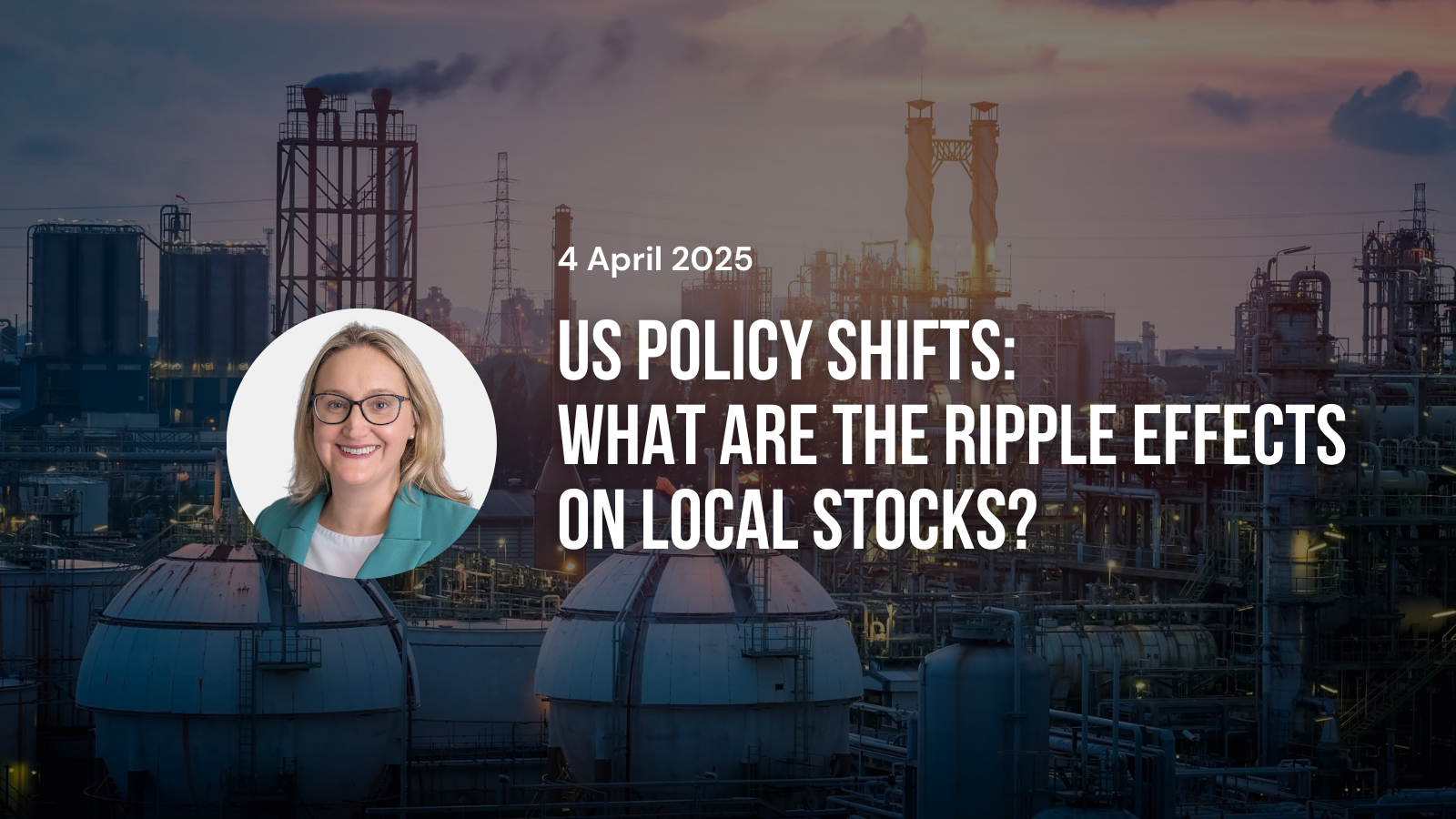

By Rachel Waterhouse, CEO, Australian Shareholders’ Association
The recent tariff announcements by President Trump represent a historic shift in global trade policy, with long-term consequences far beyond a typical daily news cycle. For Australian investors, this is a pivotal moment that demands close attention. Regardless of political views, the focus must remain on understanding what these developments mean for markets, companies, and portfolios.
True to his campaign promises, President Trump has intensified the US’s protectionist stance by implementing a new round of tariffs targeting key sectors. In mid-March, the US revoked previous exemptions and imposed a 25% tariff on all imported steel and aluminium, including Australian exports. This was followed by a further announcement yesterday, introducing a 10% tariff on a wide range of Australian-made goods. Together, these measures signal a clear departure from long-standing trade cooperation and pose material risks for Australian exporters and companies.
Steel and aluminium are foundational inputs in construction, manufacturing, and energy. As a result, the 25% tariff will reverberate through multiple industries. Australian producers are now facing a sudden loss of competitiveness in US markets, while local US firms that rely on these materials imported from Australia may experience immediate margin compression due to higher input costs.
While these moves are contentious, they are consistent with President Trump’s stated agenda. He is doing what he said he would. The real question for investors is not whether they agree with the politics—but what these changes mean for the companies they are invested in, and how those companies will adapt.
Governments and companies around the world will now need to react. This is not a short-term policy cycle—it marks a reconfiguration of global trade relationships. Australian exporters, particularly in agriculture, mining, and advanced manufacturing, could be caught in the crossfire of shifting trade flows. Conversely, Australian companies with manufacturing operations within the US, or in unaffected regions, may find new opportunities.
However, adjustments of this scale take time. The US may be encouraging international firms to “reshore” manufacturing, but establishing new operations and restructuring supply chains is a long and capital-intensive process—especially in regulated sectors like pharmaceuticals, medtech, or renewables.
Compounding this is a growing sense of regulatory unpredictability. ASX-listed companies operating in the US report uncertainty surrounding policy direction and administrative decision-making. For instance, the US Food and Drug Administration is undergoing budget restrictions and process reviews, leading to approval delays and compliance ambiguity. These factors create risk, particularly for small to mid-sized companies less able to absorb disruption.
Meanwhile, retaliatory responses from Asia, Europe and other regions may further dislocate trade flows. Australian firms need to think not only about their direct US exposure, but also about flow-on effects in their global supply and distribution networks. Commodity markets are already showing signs of pressure, and inflation driven by tariffs could delay monetary easing in Australia—creating ongoing challenges for rate-sensitive industries such as real estate and consumer discretionary.
For shareholders, this new environment highlights the importance of identifying winners, neutrals, and losers. Some companies may thrive by capitalising on changing flows or localising production. Others may face structural headwinds that reduce earnings visibility.
As Warren Buffett famously said: “Rule number one: Never lose money. Rule number two: Never forget rule number one.” Investors would do well to keep this principle in mind. This moment calls for clarity of thought, not distraction by headlines or personalities.
Tariffs also carry a real cost for consumers, whether it’s Australians buying US products or Americans paying more for international goods. Over time, those costs may alter demand patterns, slow retail growth, and add pressure to company margins.
This is a time for disciplined, strategic thinking. Investors should take this opportunity to reflect on their own portfolios and ask:
- How exposed are my investments to companies affected by US tariffs or global trade tensions? Understanding whether your holdings rely on US exports or supply chains can help you assess vulnerability.
- Am I diversified across geographies, sectors, and company sizes? A more globally spread portfolio may help buffer volatility caused by shifting trade and regulatory dynamics.
- Have I reviewed my portfolio’s risk settings recently? Now is the time to consider whether your current asset mix aligns with your goals, especially in a high-uncertainty environment.
- Which companies in my portfolio have pricing power or supply chain flexibility? These attributes can make a critical difference when input costs rise or market access changes.
- Am I watching for opportunities—not just risks? Some companies may benefit from trade redirection or domestic demand shifts. Staying alert to both sides of the equation is essential.
At the Australian Shareholders’ Association, we encourage all investors to remain informed, proactive, and focused on protecting long-term capital. Policy settings may shift quickly, but a well-researched, diversified strategy—backed by a strong understanding of the risks—remains your best defence in navigating an uncertain global landscape.





